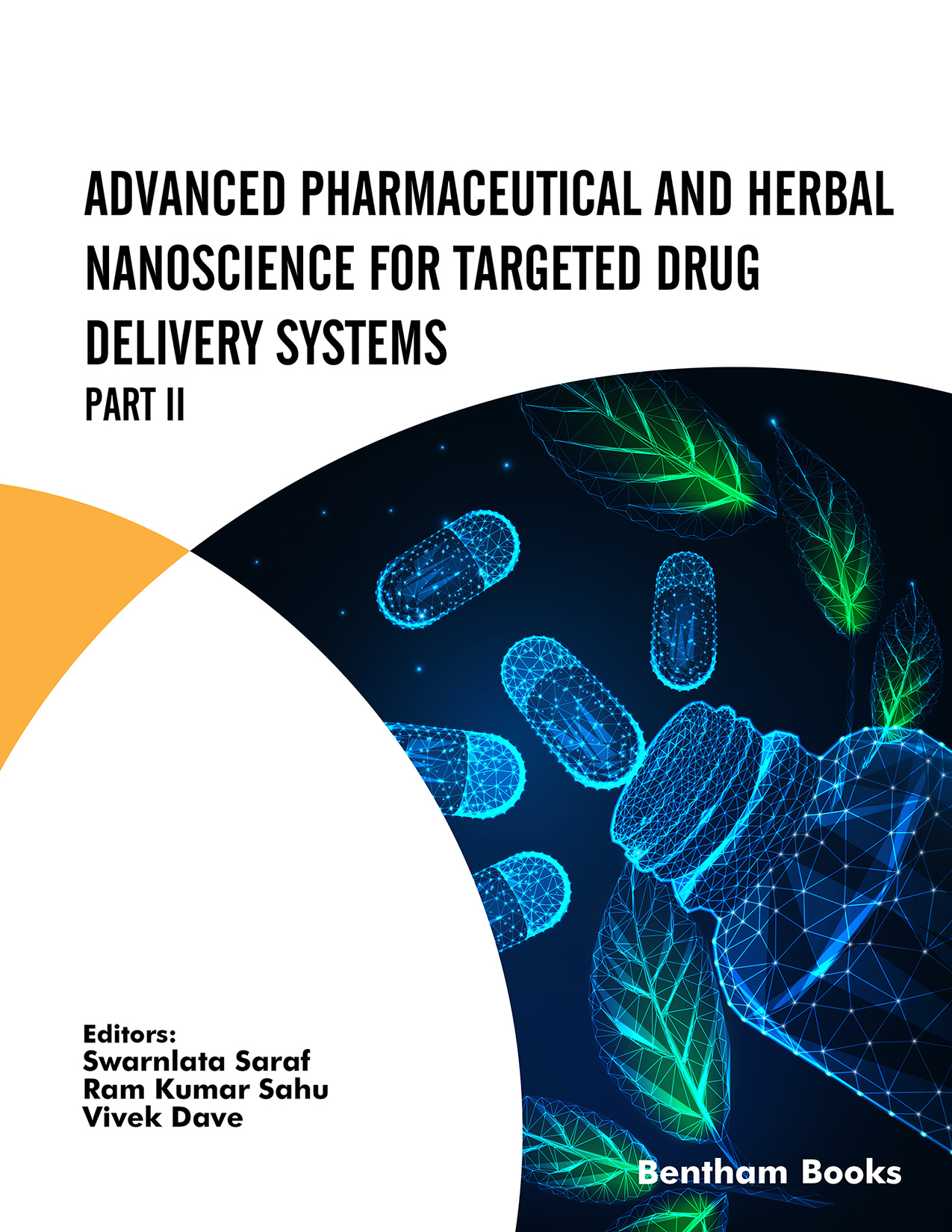Phytosomes

- Authors: Ram Kumar Sahu1, Vinod Nautiyal2
-
View Affiliations Hide Affiliations1 Department of Pharmaceutical Science, Sushruta School of Medical and Paramedical Sciences, Assam University (A Central University), Silchar 788011, Assam, India 2 Department of Pharmaceutical Sciences, Gurukul Kangri University Haridwar, Uttarakhand, India
- Source: Advanced Pharmaceutical and Herbal Nanoscience for Targeted Drug Delivery Systems Part II , pp 94-115
- Publication Date: May 2022
- Language: English
The phytoconstituents, especially polyphenolic and flavonoids, have various pharmacological activities such as anticancer, antidiabetic, hepatoprotective, anti inflammatory, antiobesity as well as cardioprotective. The polar nature and high molecular weight of these phytoconstituents would limit the rate of permeation through biological membrane and solubility, therefore, leading to a decrease in their bioavailability and therapeutic efficacy. The bioavailability of polyphenolic compounds can be improved by integrating them into the phospholipid-based self-assembled delivery systems, which are referred to as phytosomes or herbosomes. Phytosomes are vesicles in which the phospholipids bond with the hydrogen in the polyphenolic components to deliver the drugs to the targeted site without their metabolism. The present chapters discuss the preparation, properties, characterization, application, various dosage forms, and marketed formulations of the phytosomes. nbsp;
-
From This Site
/content/books/9789815036541.chap5dcterms_subject,pub_keyword-contentType:Journal -contentType:Figure -contentType:Table -contentType:SupplementaryData105

